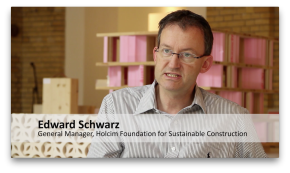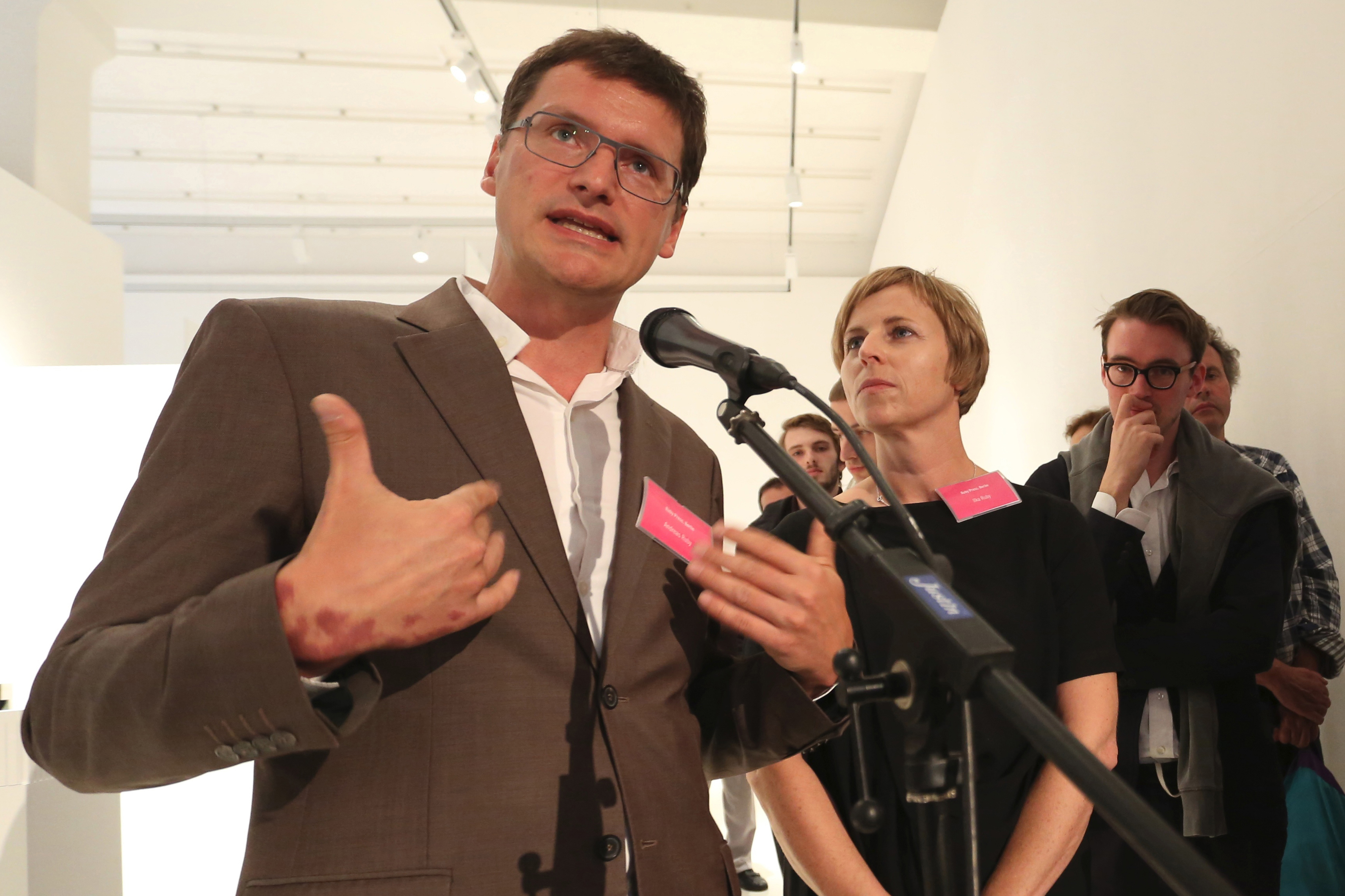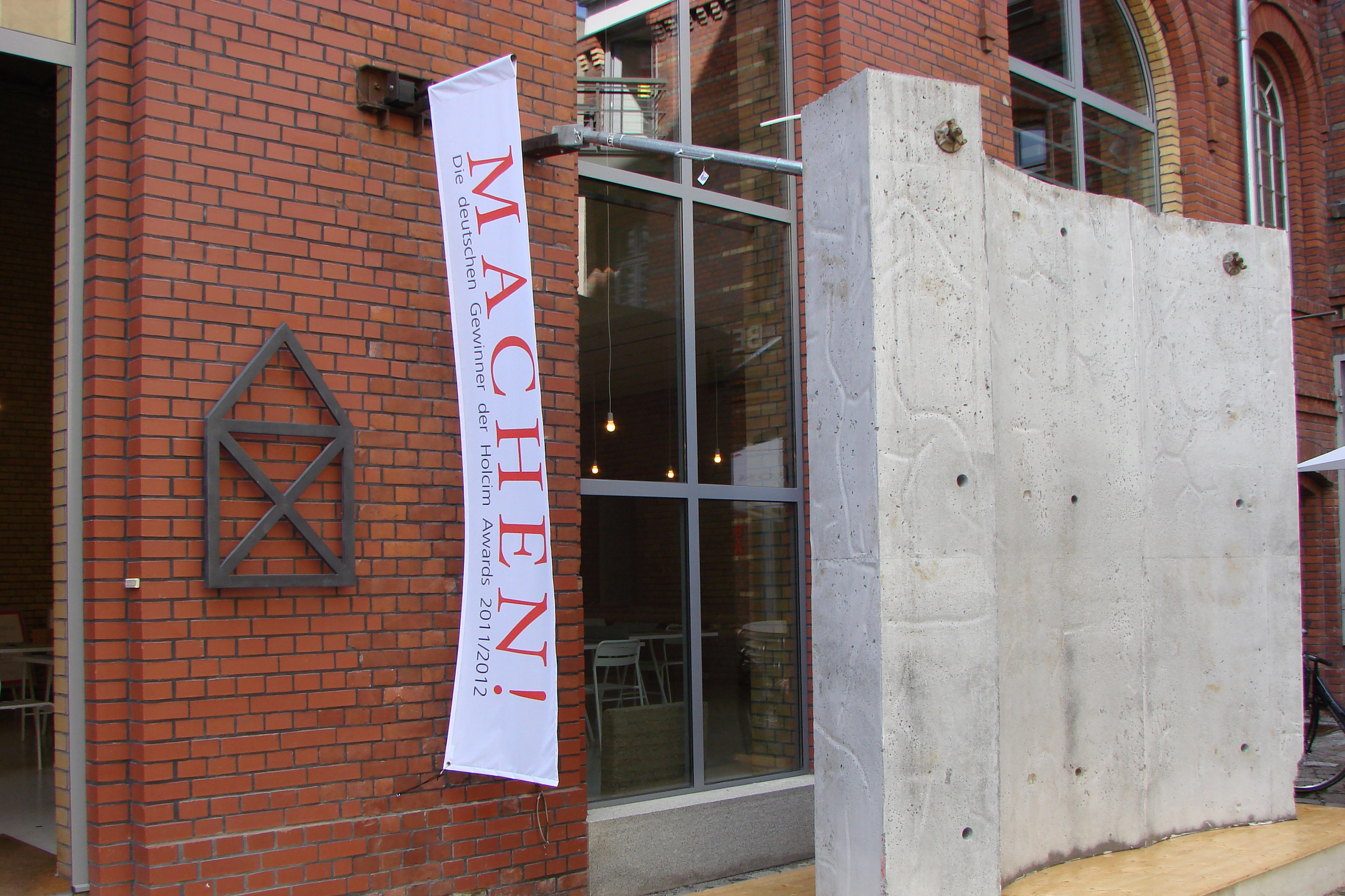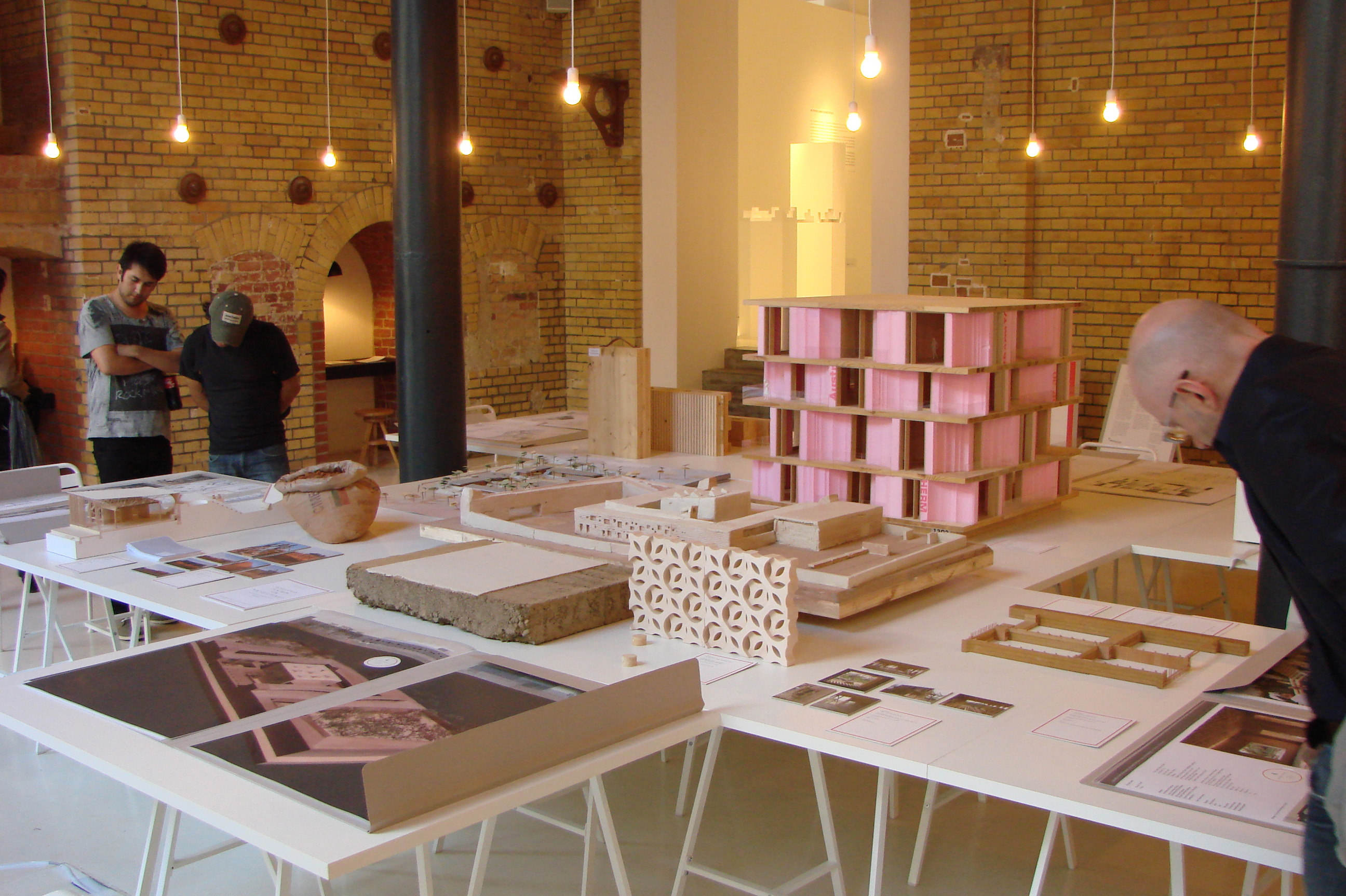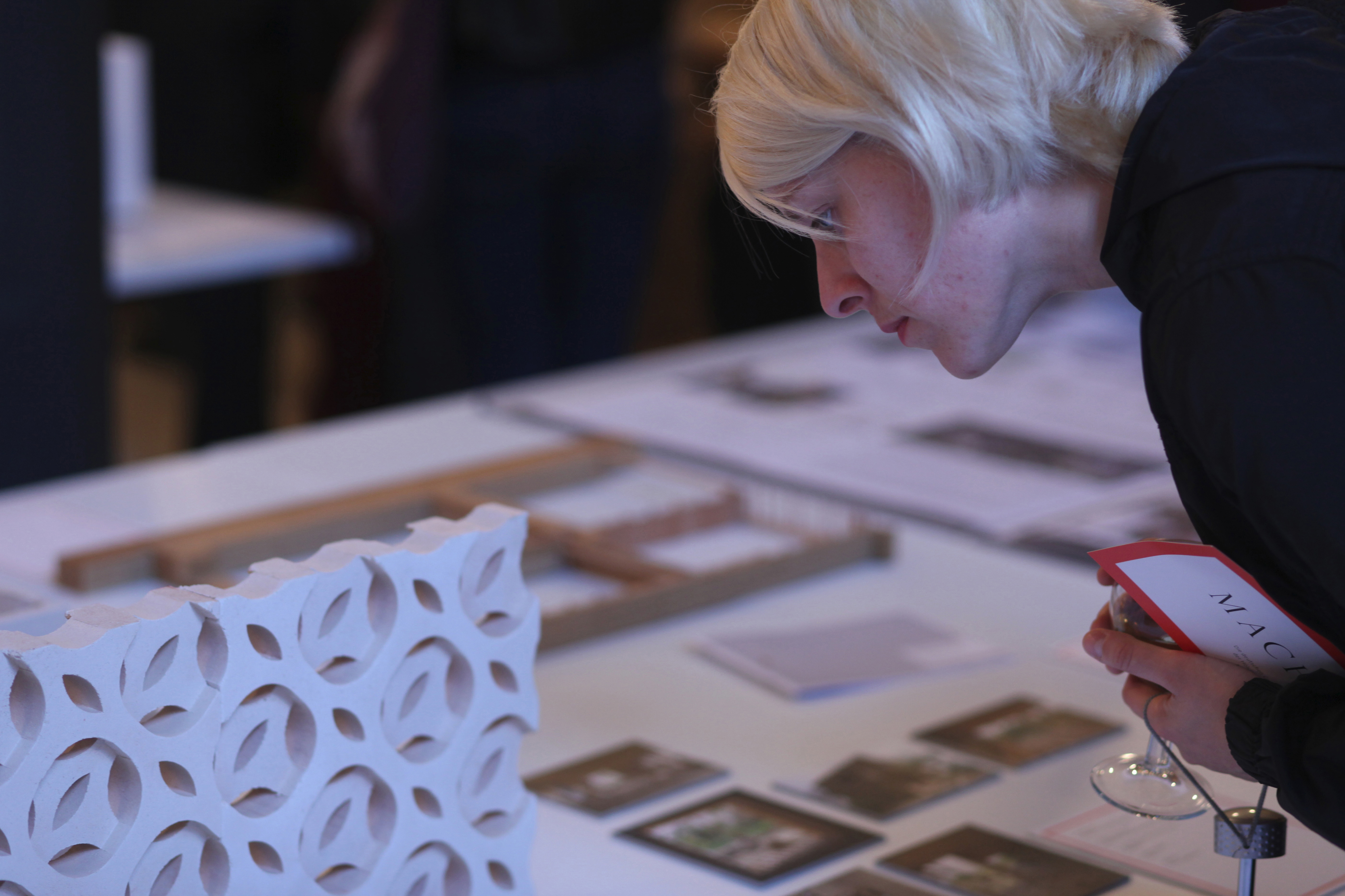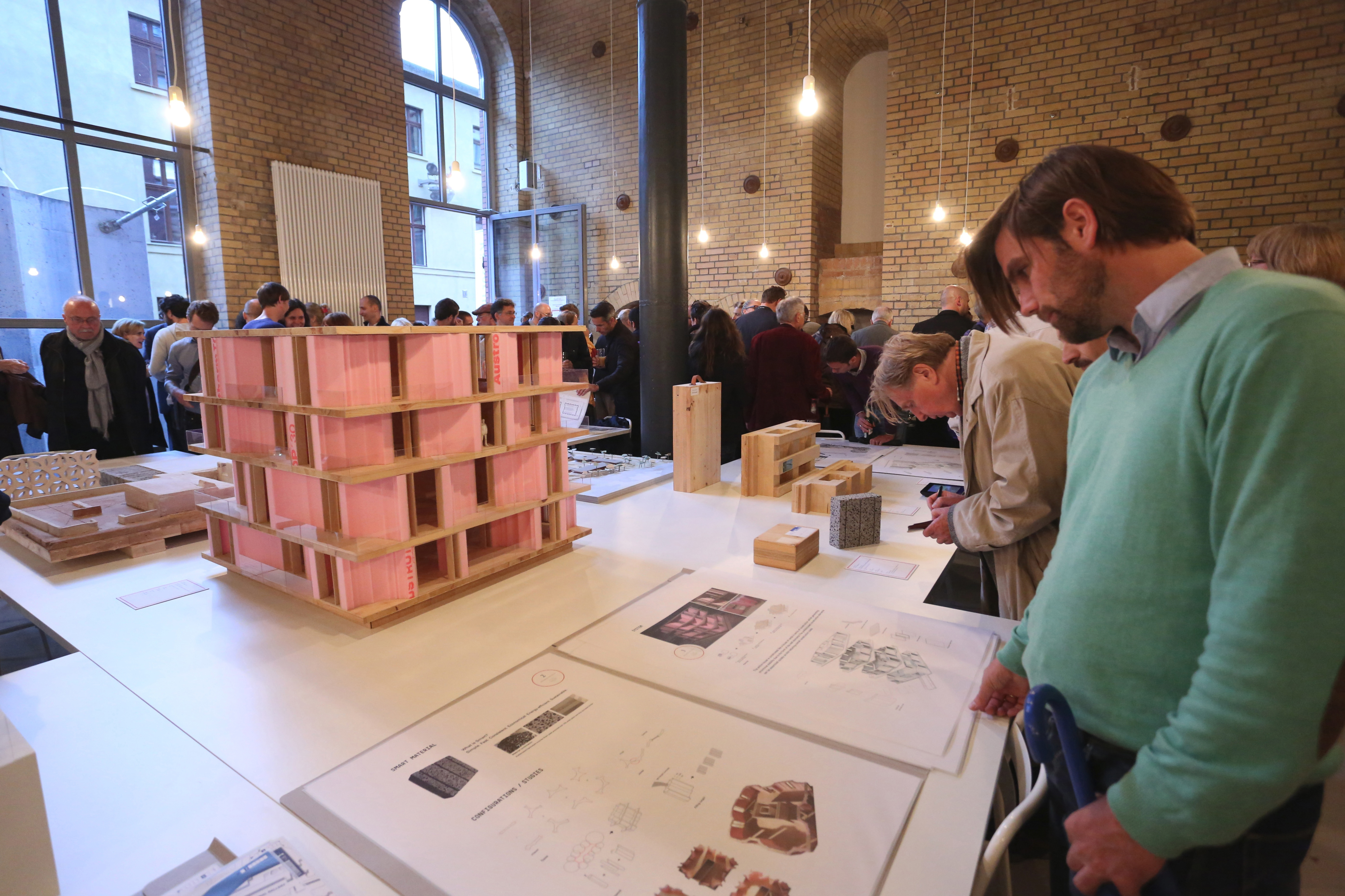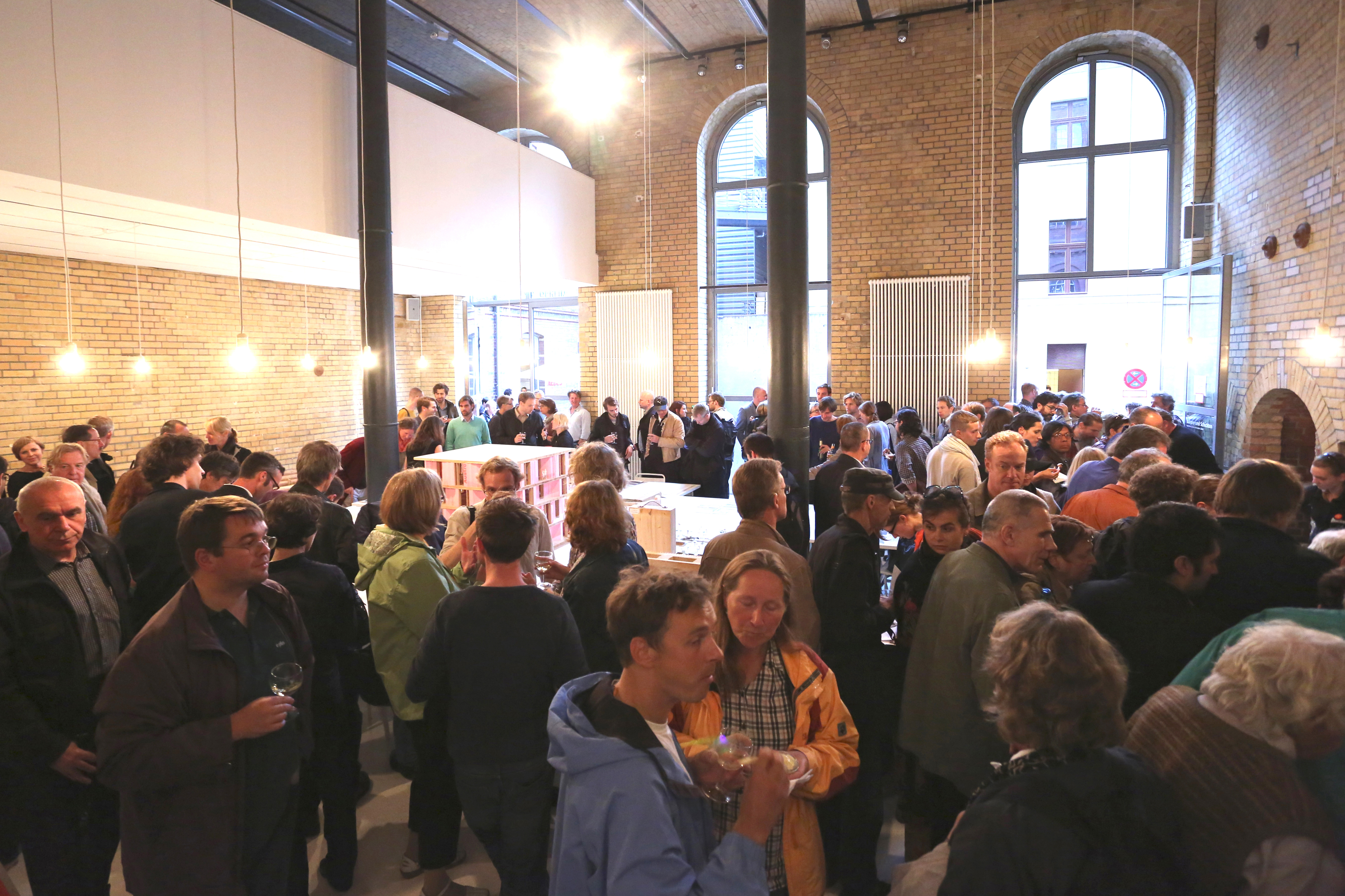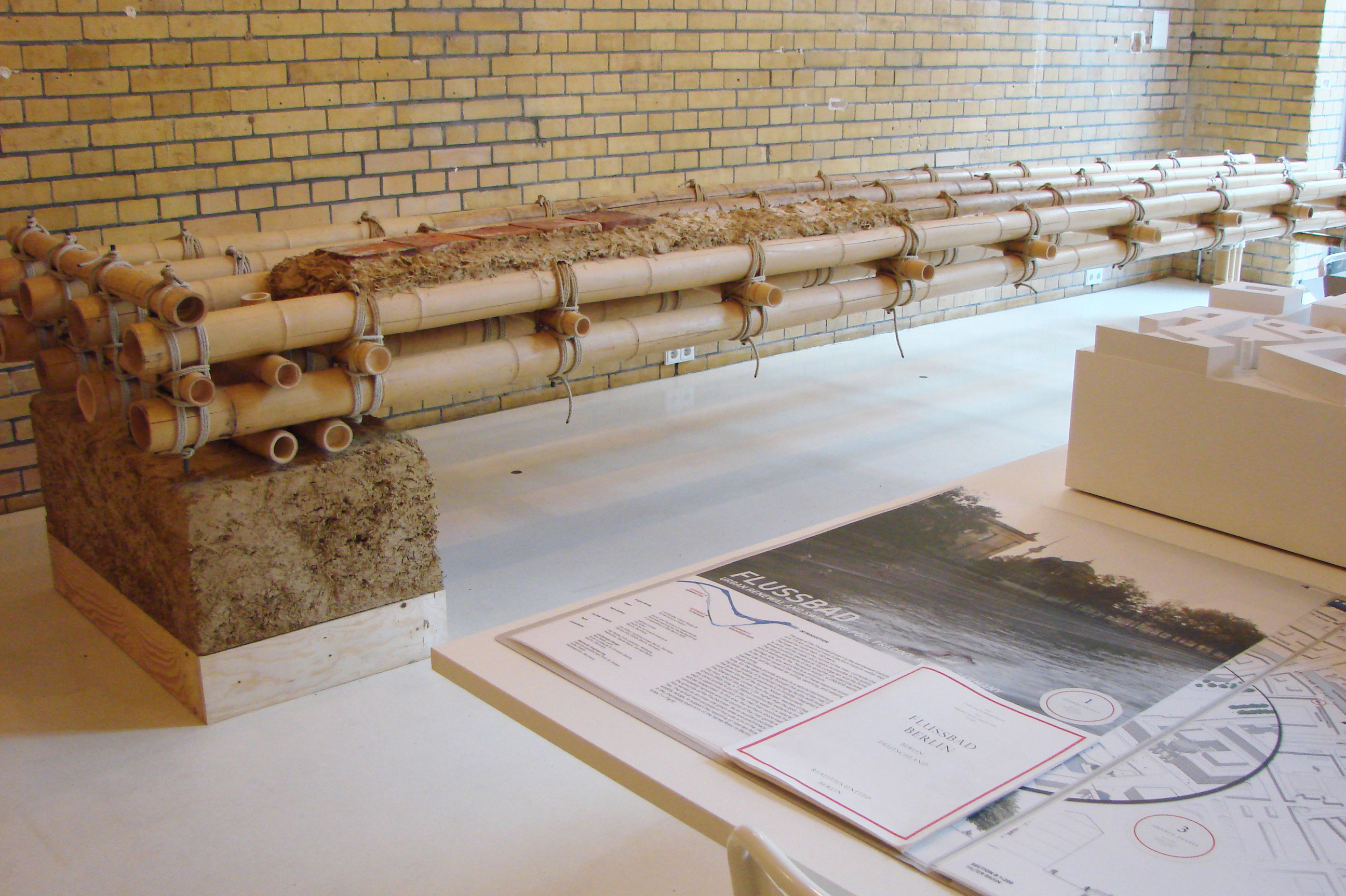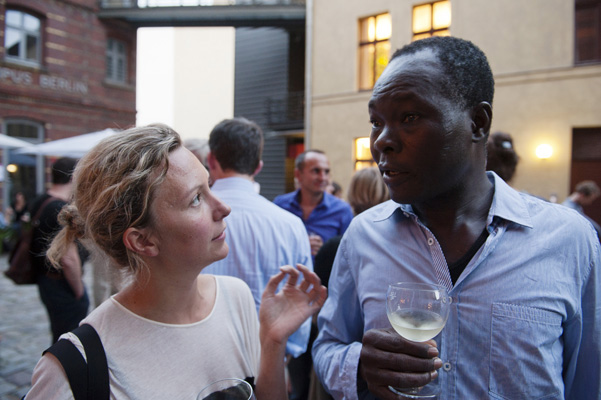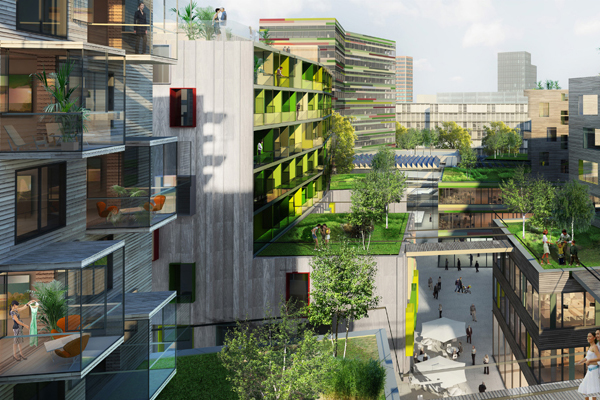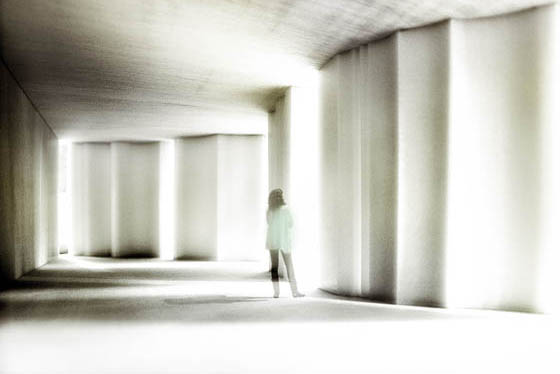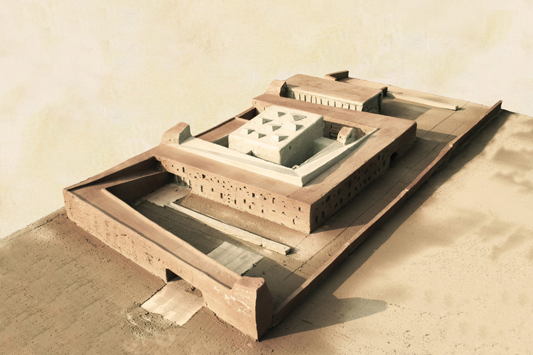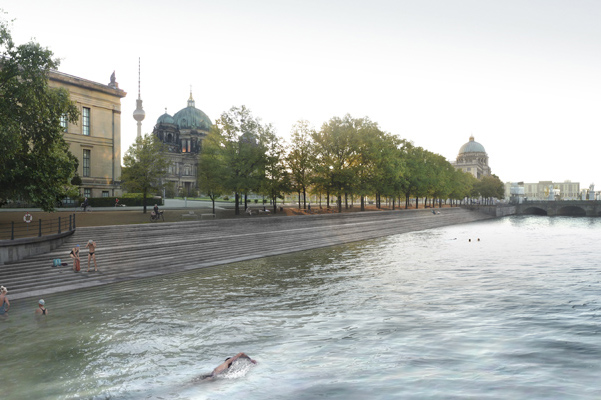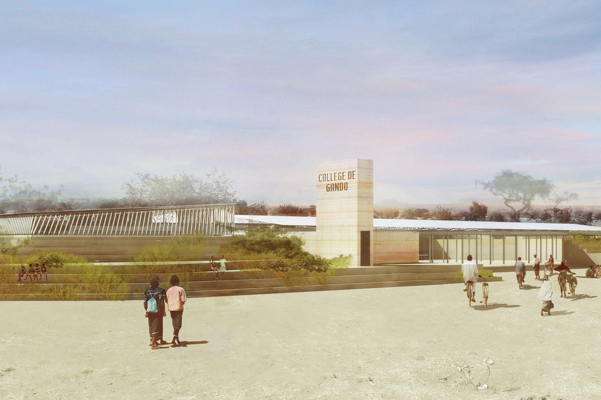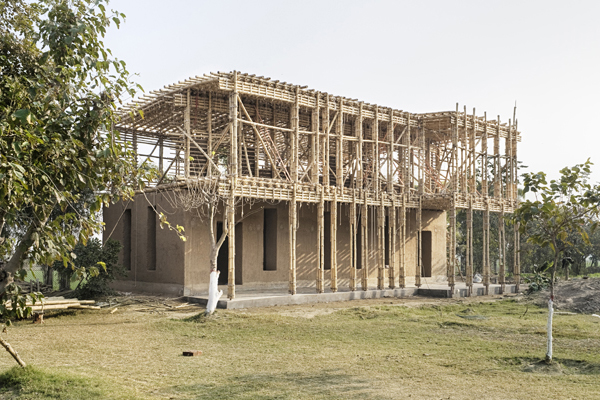Initially launched as a positive desideratum for building, the concept of sustainability has over time become increasingly problematic. Few projects today can dispense with the “s” word, or resist the temptation to obscure the dirty little secrets of construction with a halo of ecological benevolence. Thanks to greenwashing, deceptive marketing, and whitewashed statistics, the word sustainability often amounts to little more than a PR line, its meaning dissolved like an effervescent tablet in a water glass.
But in light of a series of failed climate summits, we now more than ever need a genuine discourse about sustainable construction. Since 2004 the Holcim Foundation for Sustainable Construction has promoted architectural projects that approach sustainability not as a mere technological embellishment, but as a key design principle. In order to support their realization, a total of US$2 million is awarded every three years as prize money in five regional and one global competition. The extraordinary number of German architects among this year’s winners – five of them based in Berlin – provided the impetus for this celebratory exhibition.
The exhibition MACHEN! details the developmental trajectories of six prizewinning projects: original competition panels are displayed alongside models, detailed studies, and 1:1 prototypes, which together highlight the ways in which the projects presented have progressed since receiving the award.
In his native village of Gando, Burkina Faso, Francis Kéré is currently in the process of casting his largest adobe building to date. The secondary school will complement a series of smaller educational facilities in Gando, also built by Kéré, and demonstrates how adobe—an ancient building material—can be developed further using contemporary technologies. The work of Ziegert | Roswag | Seiler and the team of Anna Heringer, Martin Rauch, Nägele Waibel Architekten, together with Salima Naji, pursues a similar vein, with their respective adobe and bamboo school in Pakistan and training center for sustainability in Morocco.
“Flussbad,” an urban intervention by realities:united, reappropriates a river as a swimming pool. The project makes reference to Berlin's early 20th century urban bathing culture and demonstrates the potential of projects that recycle historic spatial qualities. In their design for the “Smart Material House” in Hamburg, the firm Barkow Leibinger seeks to develop concrete as a sustainable construction material. A proposed hybrid structure combines prefabricated elements of infra-lightweight concrete with laminated timber, thereby producing a kind of “concrete house of cards.”
For Helsinki’s future “Low2No” eco-district, the architects of Sauerbruch Hutton have designed a neighborhood of six-story residential and office buildings that are made entirely out of wood. Their main intention was to open up a new market for wooden high-rises; but, at the same time, the concept, which conceives “the city as a living ecological factory,” envisions a contemporary, sustainable, and urban way of living.
All six projects on display are exemplary of a new reflective approach to the topic of sustainability—a term that for the architects exhibited means much more than just outfitting conventionally designed buildings with the latest eco-gadgets available.
Instead, the role of sustainability in architecture must be grounded in the building’s conceptual underpinning and holistic design. Here, technology is only a means to an end, but not an end in itself.
Sponsors
Holcim Foundation, Zumtobel, carpetconcept, Busch-Jaeger, AXOR Hansgrohe
Diese Ausstellung wurde ermöglicht mit der großzügigen Unterstützung von:


